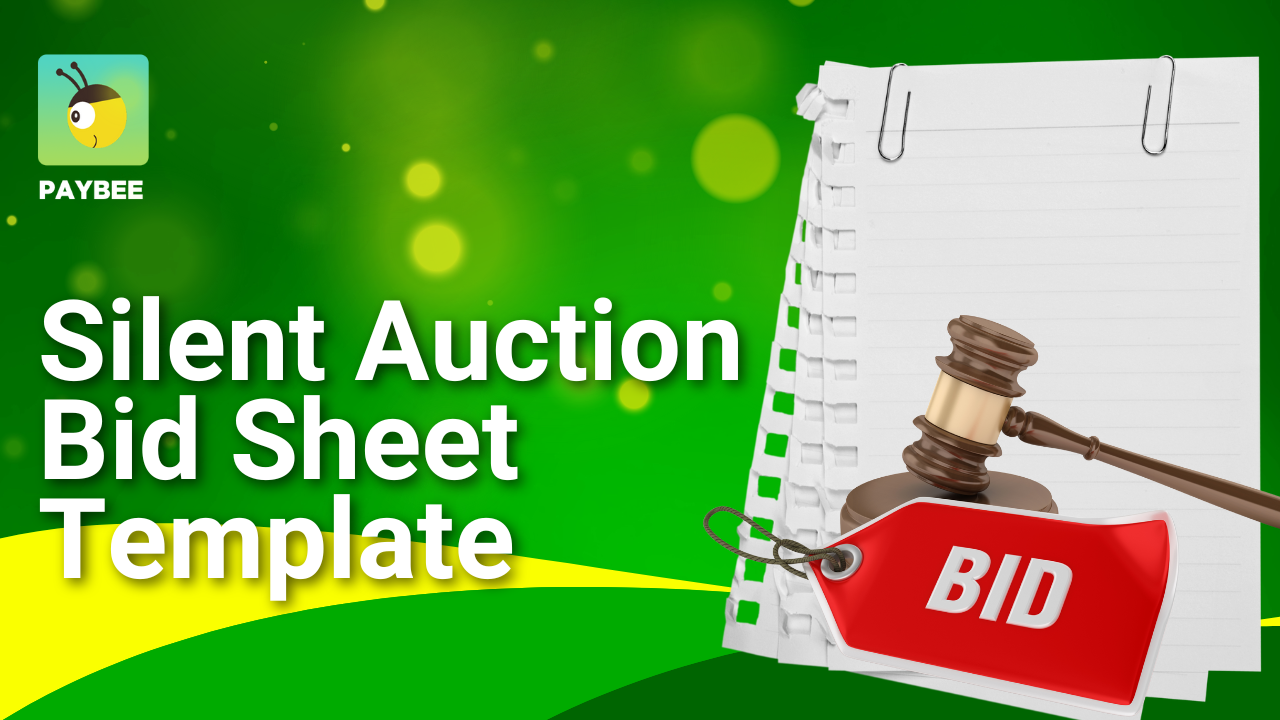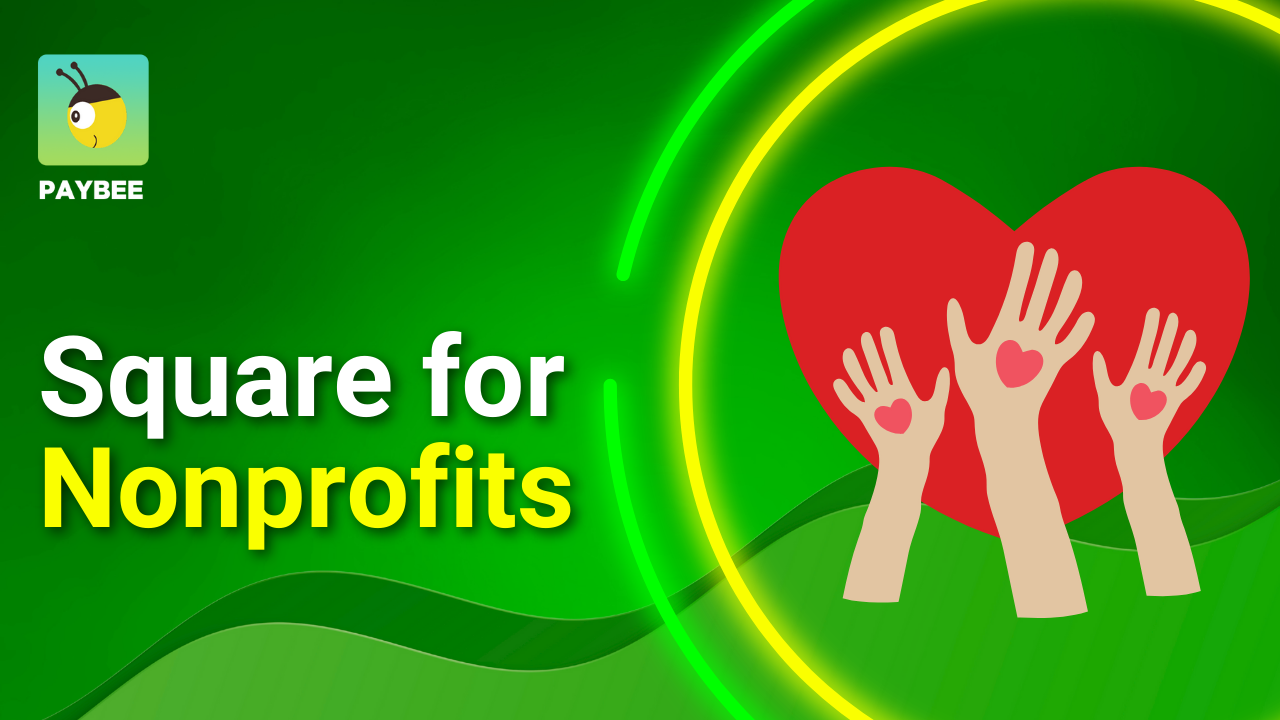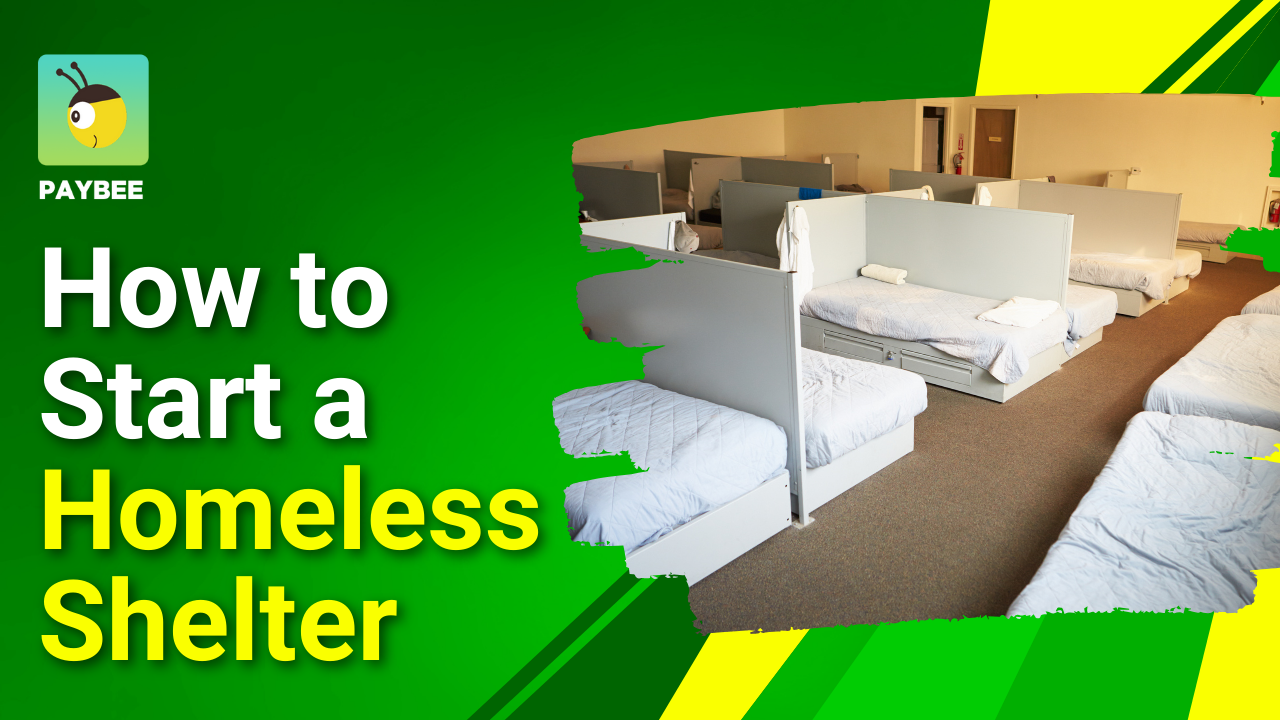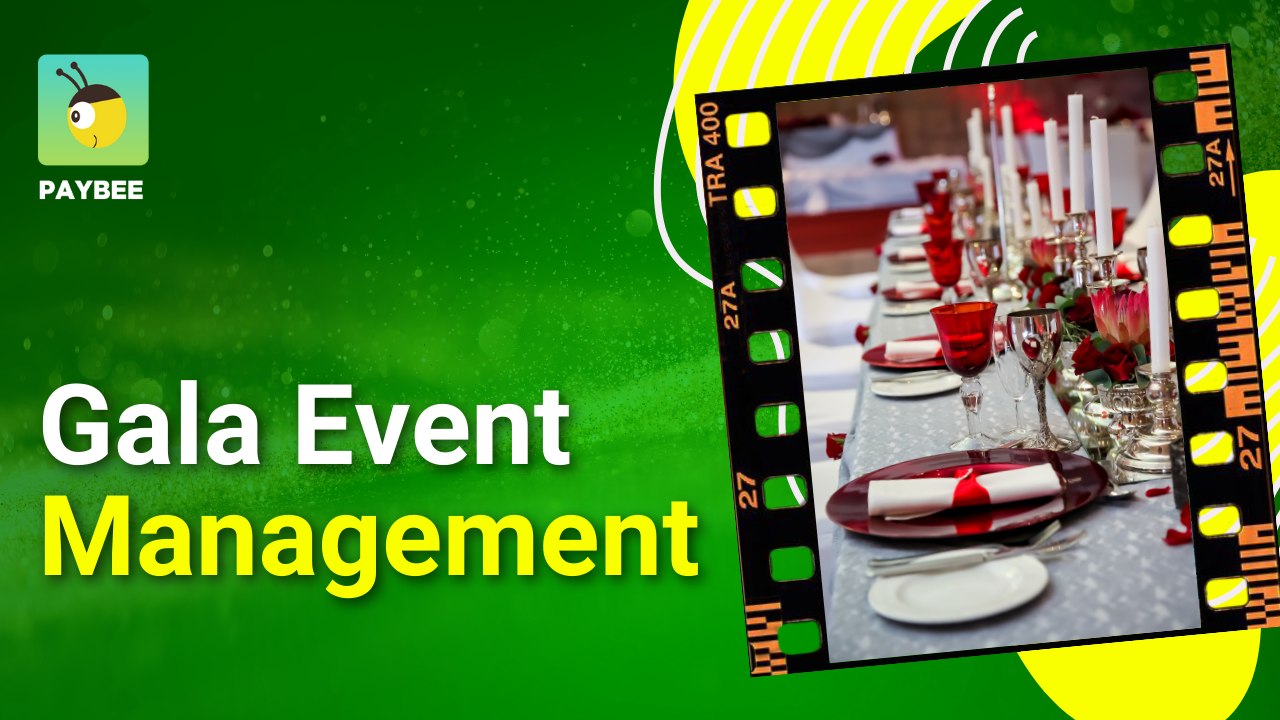
How to Create a Silent Auction Bid Sheet Template (With Free PDF, Google Docs & Excel Files)
How to Create a Silent Auction Bid Sheet Template (With Free PDF, Google Docs & Excel Files)
Quick Answer
A silent auction bid sheet template is an essential printable or digital form used in fundraising events to track bids on auction items discreetly, including spaces for item descriptions, starting bids, increments and bidder details. You can download free customizable versions in Word, PDF or Google Docs for seamless organization and higher engagement.
Key Takeaways
- Use a well-designed silent auction bid sheet template to ensure fair bidding, track participant details, and boost fundraising efficiency by 20-30% through clear increments and descriptions.
- Incorporate digital templates for mobile bidding to modernize events, reducing paper waste and enabling real-time updates for virtual or hybrid auctions.
- Optimize templates with high value item photos, minimum bids at 30-50% of retail, and bidder anonymity to encourage competitive yet comfortable participation.
- Address common challenges like bid disputes by including clear rules and contact info on every sheet, enhancing trust and event flow.
- Measure success with post-event analysis of bid sheets to refine future auctions, focusing on popular items and donor follow-ups for sustained support.
What Is a Silent Auction Bid Sheet Template and Why It Matters
A silent auction bid sheet template is the actual document, whether it’s a printed form or a digital copy, where attendees can discreetly place their bids next to each auction item without the pressure of open competition. This silent bidding document has been used by nonprofits forever, and while once upon a time they were simply handwritten pieces of paper, these sheets have evolved in all sorts of ways.
From the early days of charity galas using simple printable bidding logs to today’s hybrid events powered by shared Google Docs or Excel-based starting bid calculators, these templates have evolved to support the transparency of your auction as well as the accessibility and efficiency.
Each sheet usually includes information regarding the item like an item photo, the auction item description, donor value, a minimum bid rule and clearly marked bidding increments so everyone is clear on how to bid. This is followed by 10 to 15 lines for participants to place their bids, along with a concise summary of rules and information on how to get any questions answered.
Depending on your event’s format, you can use a printable PDF for in-person gatherings, a collaborative document for team editing, or an Excel template that automatically tallies and highlights the top bid. Each has their own strengths and weaknesses and we’ll dive more into each and even explain how to make your own.
Core Elements of a Silent Auction Bid Sheet Template
Every great auction sheet keeps things simple and consistent. Here’s what to include on yours so bidders know exactly how to participate without any confusion so you’ll never miss a bid!
Why Using a Template Is So Beneficial
The more you can standardize your auctions the better it is for everyone, from your volunteers to your actual attendees. It’s an engagement boost strategy that not only streamlines bid collection but also increases transparency in auctions and makes sure you’re adhering to fair bidding practices. Plus with automated tracking or clear manual logs you’re able to cut your errors in tracking bids while also speeding up your winner announcements. And of course this all leads to increased revenue. So it is actually more important than you think.
Beyond that a good bid sheet also functions as an event revenue tracker and donor thank-you template as you have everyone who made a bid whether they won or not. All of this information can be used to not only give an inclusive thanks, but also offer to send invitations to all of your future events, unless of course you were supporting anonymous bidding.
Top 5 Benefits of Using a Bid Sheet Template
A well designed silent auction bid sheet template does more than collect numbers, it gives your entire event a sense of professionalism that seperates you from everyone else’s event. Here are five concrete ways it helps you raise more money, saves time and keeps things running smoothly.
- Boosts Revenue
Clear, consistent tracking can lead to higher average bids because guests can see the progress of the auction while feeling comfortable enough to jump in. The more bids people see on a page, the more they want to be part of the action, all great for your cause. - Ensures Fairness
Transparent recordkeeping eliminates confusion or disputes, especially when everyone can clearly see what’s written on your sheets. When everyone can see the same rules and bid history, trust grows for your process and bidders are more likely to participate again the next time. - Saves Time
No more scrambling to figure out who won what at the end of each auction. Organized bid sheets make it super easy to verify the winners so you can announce the results and get paid quickly. This also means your team is free to focus on participants and build deeper relationships rather than sorting through paperwork. - Improves Engagement
Believe it or not these sheets can also spark more excitement during an event. When a bid sheet starts filling up with names and bids, people take notice. Plus once they [place their bid they’re also free to move to other auctions they may be interested in keeping things moving without anyone feeling sold. - Captures Donor Data
Unless you’re using blind bidding, these sheets are a gold mine of supporter information. Since your sheet requires their name and contact information, it makes it the perfect vehicle to gather prospective donors and build your list. Just send out a thnk you and of course details on the next event and you’re already ahead of the game!
These documents aren’t just some random forms to make your chairty look more professional, they actually matter for a variety of reasons from keeping all your information well organized, keeping everyone’s bidding consistent to giving you all the information you need to snag some new possible donors and building your email list and future. Plus they free up your staff to make sure people are happy and to talk up your cause while also making sure the entire event was a smooth, fair and profitable one.
How to Create a Custom Template (Step-by-Step)
You don’t need fancy software or a design degree to make a professional silent auction bid sheet template. All you need are a few simple and often free tools, a bit of structure and some taste as far as how your forms should look in order to match your charity.
Let’s walk through how to create your own from scratch.
1. Pick Your Tool
Start with something you already know. It can be Google Docs, Word, LibreOffice or Canva. The point is you don’t need to learn something new if you don’t want to. Plus each of these allow you to create an editable bid tracker that you can tweak anytime. For instance, if you want something that calculates bids automatically, Google Sheets or Excel is your best bet for a silent auction tracker that updates in real time.
2. Set the Stage With Branding
Add your charity’s logo for consistency and choose your event colors. Always go for a clean and easily readable font that’s at least 20 pt high. This will allow people to see what’s written in dimly lit places. If you choose a digital template, then go for 20 px. This keeps everything on brand and professional. You can grab simple layout ideas from Canva’s official design best practices
3. Create the Layout
Set up a simple table with one column for Bidder Name or Number, another for Bid Amount and one for Contact Info if you’re collecting details. Leave enough space at the top of the form for the item name, description and starting bid. This gives bidders everything they need at a glance.
4. Make It Easy to Use
You need to disclose clear rules both for your bidders, but also since many states require them on every sheet to be compliant with their rules. They should include the minimum bid, increment amount, and how the winner will be announced. We suggest at least 10 lines for bids minimum, but more is usually better so you don’t need to keep changing sheets.
5. Add Smart Features
Smart features like using Use Excel or Google Sheets formulas to auto-calculate the highest bid or adding QR codes so guests can scan and place digital bids saves your staff a ton of time and helps keep your bidding accurate. It doesn’t take a lot of time or effort, but the results free up a ton of time.
6. Test Before You Print
You should always print out one sheet to see what it looks like before going ahead with a bunch. What you see on your computer screen doesn’t always match up with the final product. See how it looks in low lighting if you’re holding an evening event, and add rows according to the size of your event and how popular you believe the item will be.
7. Export and Share
Once you’re happy, save your design as a PDF for printing or a shareable Google Doc for digital access. Have a volunteer bid monitor ready at your event to keep things running smoothly.
If you like to learn visually then check out a short YouTube video on creating a silent auction bid sheet, it’s only takes two minutes and makes setup a breeze.
To go even deeper, you can discover free design software and event tech tools that help you automate all of this even more. You can use a platform like Paybee to generate QR codes, collect bids, manage donations and track revenue all in one place.
Quick Tip: Keep your file mobile friendly as many people now scan QR codes or enter bids from their phones so your sheets need to be easy to read on a small screen.
References:
https://word.cloud.microsoft/en-us/
https://www.canva.com/templates
Free Silent Auction Bid Sheet Template Downloads and Examples
Why start from scratch when you can grab a ready-to-use silent auction bid sheet template and have your event setup done in minutes? These free downloads make it simple to track bids, stay organized, and keep your fundraiser fair and fun, and no design skills required!
Whether you’re hosting a small school auction or a big nonprofit gala, the right template can save you hours and prevent mistakes. Below, you’ll find printable and digital options you can download, tweak, and use right away.
Free Downloads
Here are four versions you can pick from, depending on your event size and setup:
- Basic PDF Template – Perfect for small fundraisers or community events. Just print and place one sheet beside each item. Includes fields for item name, donor, value, starting bid and 15 bid lines. Download Basic PDF Template
Editable Google Docs Sheet – Great for hybrid or virtual events. Let your team collaborate live and track updates in real time. Download Google Docs Template and save you and your staff a lot of extra work.
Excel Bid Tracker – Best for data driven organizers who want to calculate totals automatically. Ideal for digital or large charity auctions. Download Excel Version.
Mobile Bid Sheet – Designed for nonprofits running hybrid event bidding. Includes QR codes and a digital silent auction bidder sheet layout optimized for phones. Download Mobile Sheet.
How to Make It Your Own
The ability to tweak your template so that it has your logo and charity colors and feel is a must have for any template. You also need to be able to adjust bid increments or rules to fit your event. Be aware if you’ll need extra space for something like highlighting sponsors. You can add a simple “donated by” line or upload an image to grab attention.
Template Examples (Quick View)
- Basic PDF – Easy to print, low-tech setup
- Google Docs – Team-friendly and shareable
- Excel Sheet – Tracks totals automatically
- Mobile Template – Perfect for QR code bidding
Download a free silent auction bid sheet template in PDF, Google Docs or Excel format. Each version includes pre-filled fields for item value, starting bid and bid lines that are all ready to tweak and print out. Just be sure you run a test print to make sure everything matches your vision.
Strategies for Maximizing Bids with Your Bid Sheet Template
When it comes time to use your sheets, there are a few strategies you can use to make the most out of all your effort. Below we’ll go over seven of them, but use them as starting points. Meaning you should always be testing your sheets and our suggestions to see how people react to them and adjusting as needed. Maybe you need to make the font bigger, or place them in different areas. Track your results and consistently tweak as needed and soon you’ll have the best sheets in town making money to fund your cause.
1. Pick the Right Spot
It may seem trivial, but deciding on strategic locations for your bid sheets matters. You want them to be accessible and within reach of the items people want to bid on at that moment. So don’t have your guests looking around for where they’re supposed to place their bids. Have a place where people can easily write their bids, even if you need to use a clipboard.
2. Start Smart with Pricing
Overvaluing or undervaluing your starting bids is a common mistake many organizations make when first starting out. A fair and tested range for starting bids is around 30–50% of retail value. This gives people the idea something is valuable and the chance to get a good deal if their lower bid wins. Follow up by keeping bid increments at roughly 10–20% of the starting price—big enough to move the total up fast but small enough to invite competition.
3. Make It Visually Engaging
A great way to make things look more appealing and make it easier for people to find items their interested in is using categories to group your items. Think ‘travel’ and have any items that could fall into that category all next to each other. People will bid on multiple items if the category they’re most interested in is present. Plus it helps to make your night seem more professional and less like a rummage sale.
4. Add a Little Urgency
Many places leave out clocks because it pushes customers to leave sooner, but this is one time when they make perfect sense. At lest in the way of urgency timers or countdown reminders that push urgency and basically say, ‘you have 3 more minutes to place your bid, then it’s too late!’ If you’re running a paper auction, have your auctioneer announce when five minutes remain, if anyone is really interested, they’ll pile on then.
5. Go Digital When Possible
Going digital using a professional fundraising platform like Paybee can literally transform your action and automate pretty much every detail. A QR code integration on your bid sheet opens the door to real-time bid updates while guests can scan, bid and even pay for their winning items from their phones while getting instant confirmation.
6. Make Room to Grow
If you expect heavy interest in certain items, design scalable bid rows on virtual sheets or extra lines or a second page for in person events. Running out of space mid event kills momentum while someone goes searching for more paper. So always plan for more bids than you expect, although that’s a good problem to have.
7. Announce Winners Clearly
After you auction close make sure to post your winning bid announcements where everyone can see them or share them digitally so everyone can clearly see who won what. When announcing, use that time to also recognize bidders and winners and thank the winners on the spot. It really helps to give donors a sense of pride at knowing they helped a worthy cause and are being recognized for it.
Pro Strategies Overview List
- Choose high-traffic spots
- Start bids at 30–50% retail
- Use color and clear fonts
- Add countdown urgency
- Add QR codes for mobile bids
- Leave room for more entries
- Announce winners promptly
Current and Future Trends
The nonprofit sector as a whole is changing fast, and so are their fundraising techniques. And while silent auctions will most likely still be around for a while, it doesn’t mean they’re not changing as well. What used to be rows of paper bid sheets and clipboards is now a mix of mobile apps, QR codes, and smart digital tracking. So if you’re planning a fundraiser in 2026 and beyond, it’s worth knowing where things are headed so you can stay ahead of the curve.
1. The Shift to Digital and Hybrid Events
Hybrid events have literally changed the face of auctions, and for good reason. Hybrid events allow your charity to have a worldwide audience at the click of a mouse. And that’s why they’re quickly becoming the standard, something impossible less than twenty years ago. Platforms like Paybee and similar virtual bid platforms make it easy to run both at once. Guests can bid from their phones during dinner or from their couch miles away, keeping the competition (and donations) going long after the event ends.
2. AI-Driven Bidding and Smart Suggestions
Artificial intelligence is quietly reshaping how auctions run. Even now, you can have an AI tech like ChatGPT create you a template from scratch, specifically for your organization! You can also have it give you the best starting bid according to the items value, suggest the best bid increments and why they will work, and even predict which items will attract the most interest helping you feature them strategically so they do the best at bringing in funds. Item descriptions are getting smarter too. Some auction tools now use AI-generated item blurbs that highlight value, urgency, and emotion. Instead of writing 50 product summaries by hand, AI can craft compelling mini-descriptions that still sound human and free you and your staff up for the real work of connecting with donors.
3. Sustainability Takes the Spotlight
Sustainability has become a serious buzzword and is guiding nonprofits to not only pick more sustainable items for auction, but also push them to look within their own organizations for ways to become more Eco-friendly. One way to do this is instead of printing off hundreds of paper sheets, get rid of paper all together and simply go digital using something like our app. Eco-friendly digital sheets are becoming the new standard and organizers now rely on customizable fundraising bid sheets hosted online. And it’s not just better for the environment, it’s easier to manage, track, and store results digitally without losing a single bid.
4. Mobile Design and QR Code Access
The idea of bidding from your phone sounded futuristic only a few years ago, but today it’s the default. Mobile auction tools use QR codes to connect bidders instantly to the auction page, no app download required. It’s fast, frictionless and ideal for modern attendees who expect everything to be one tap away.
While these aren’t the only trends changing the nonprofit landscape, they are some of the major movers. And the ones you need to start using and implementing if you want your nonprofit to profit well into the future.
Common Challenges and How to Overcome Them
Even the most organized fundraiser can hit a few snags. From messy handwriting to unclear rules, small mistakes on your bid sheets can cause major headaches when it’s time to announce your winners. The good news? Every one of these issues has an easy fix.
1. Illegible Handwriting
One of the most common problems, trying to guess whether a bid says $150 or $750.
Solution: Offer digital opt-ins or a tablet-based bidding option. Even a simple Google Form can replace paper sheets for key items. For paper setups tell attendees to use block letters and have a volunteer bid organizer review entries as they come in.
2. Bid Disputes
Ties and confusion over who bid first can get messy fast.
Solution: Print clear rules directly on each auction bid form so there can’t be any confusion. Clearly write out how bids must be entered, the increment amount and how tie breakers will be handled if they arise.
3. Low Engagement
If your auction looks more like a thrift table or bargain bin.
Solution: Spruce up your items by placing them within categories so they’re easy to find. Use better captions for each item and add small stories for items that are unique or are special in some way to increase interest. Make sure there is ample room between items and they’re not just thrown randomly on a table.
4. Tech Barriers for Volunteers
Digital tools are great as long as everyone is familiar with them.
Solution: Schedule a short training session before the auction. Walk your team through how to log bids, update totals, or use a mobile apps like Paybee. Clear roles and quick practice runs prevent last minute stress.
Running an auction doesn’t have to feel chaotic. With small tweaks, clearer rules, cleaner layouts and a touch of tech, you can avoid confusion and keep the focus where it belongs, raising money for your cause.
Frequently Asked Questions
How many bid lines should a sheet have?
Aim for somewhere between 10 to 15 lines per page. If you expect higher interest, add more or have spare sheets ready.
What should I include on every bid sheet?
Every bid sheet should include the item name, a short description, its estimated value, the starting bid, your bid increment, all rules and 10 or more bid lines.
How do I set a fair starting bid?
Use 30–50% of the item’s retail value to encourage early participation without undervaluing the item.
Do I need to include auction rules on each sheet?
Yes! It prevents disputes and ensures compliance with state raffle/auction regulations.
Final Thoughts
Silent auction bid sheets may seem simple on the surface, but used correctly they can save you a ton of time and headaches simply by keeping your organized and transparent. A well designed sheet keeps your attendees from getting confused and allows them to bid knowing from the start the rules and any special information they should have in order to make a calculated bid. This frees up your team to deal with deepening relations with your supporters rather than being stuck dealing with paperwork the entire night.
Whether you go with printable forms, digital sheets or mobile bidding, a consistent template helps to make sure each item is presented as clearly as possible and every bid is recorded accurately so there are never any problems. This can really make a difference as your bidders will be more trusting of your process and make far more bids than if everything is just happening haphazardly. And with out step by step tutorial above, there’s absolutely no reason you can’t create a template in a few hours that matches your branding and makes your own items stand out. And best of all, many of the tools are for free.
Start Fundraising






